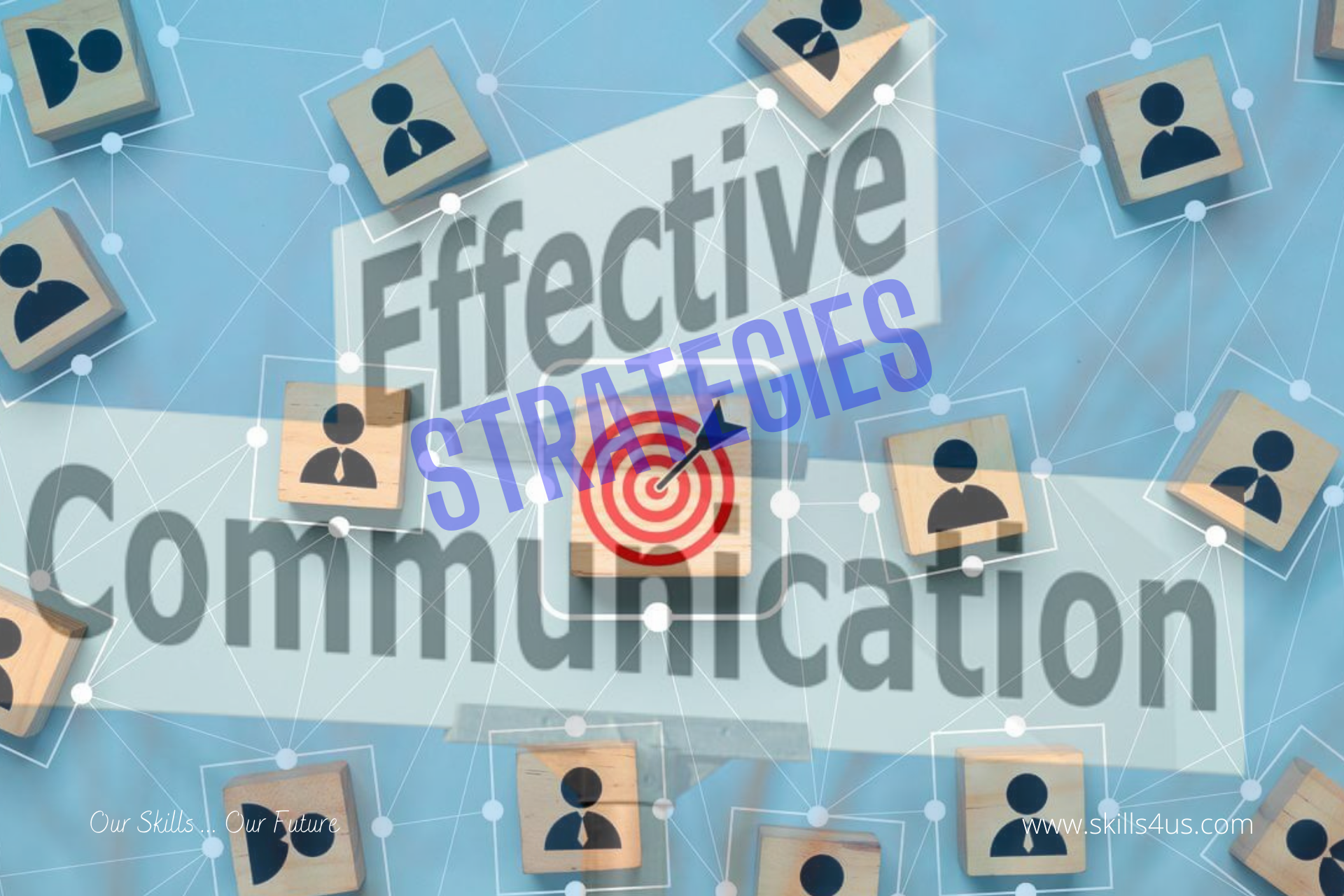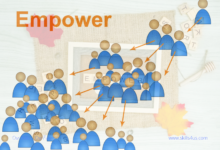
Effective Strategies For Developing Communication In High-Performing Teams
Effective communication is the most critical factor determining the cohesion or effectiveness of high-performing teams. It also makes each team member more focused on their goals. And sharing feedback on areas of improvement and potential strengths. For communication to be effective, one must be aware of his and others’ communication styles as well as adapt to the different communication styles of others. In addition, effective communication significantly impacts an organization’s ability to learn, develop, and innovate. Therefore, Strategies Developing Communication in High-Performance Teams play a pivotal role in facilitating positive change in the organizational environment and promoting high performance.
1. Develop self-awareness
To enhance communication among team members, each member must first develop self-awareness regarding their communication style. Analysis of communication methods helps analyze differences in communication styles among team members and how to address them.
2. Ensure clarity and transparency
Before engaging in any communication activity, transparency and clarity can be ensured by paying attention to indicators related to understanding the goal or purpose of communication. Being transparent about the desired results, and choosing the best means of communication to achieve pre-set goals by putting processes in place and ensuring effective communication across the team.
3. Promoting a culture of respect
All team members must value each member’s presence. And regardless of their position in the hierarchical framework, all members must respect each other. Team members should be free to express their ideas freely or communicate with others without fear of being ridiculed or criticized.
4. Use of communications technology
Modern technology facilitates convenience in handling tasks. And facilitates a smooth flow of communication between team members as well as stakeholders. Developments in the field of communications technology have also allowed a wide range of options for choosing the best communication tools or methods to transfer information.
5. Organizing periodic meetings
Members of high-performing teams regularly participate in team briefings or meetings to disseminate vital information and gather feedback. In such discussions, team members can raise issues of interest or relevance to the entire team. Furthermore, regular meetings help provide a team member an equal or fair chance to express their thoughts or share status updates.
6. Adopting energy, engagement, and exploration metrics
A high-performance team can achieve high energy levels, high team engagement, and a high level of exploration by practicing communication and active listening skills in the team. Likewise, members participate in many interactions and seek to communicate with each other directly instead of through the team leader. In addition, they explore different communication channels, collect information from the external environment. And then return the relevant information to the team.
7. Practice inclusivity
Inclusion means involving every team member in team decisions. Or ensuring that critical communications or information are sent as reports to every team member.
8. Develop mutual acceptance
Mutual acceptance promotes trust and interdependence, which reduces the occurrence of any potential conflicts. Improving buy-in and cohesion among team members leads to superior results by creating a performance-oriented culture.
In today’s business world, creating a work environment that supports Strategies Developing Communication in High-Performance Teams, implementing a practical policy framework, designing the workspace and organizational structure, and implementing specific practices that support collaborative and effective communication among team members is essential.



